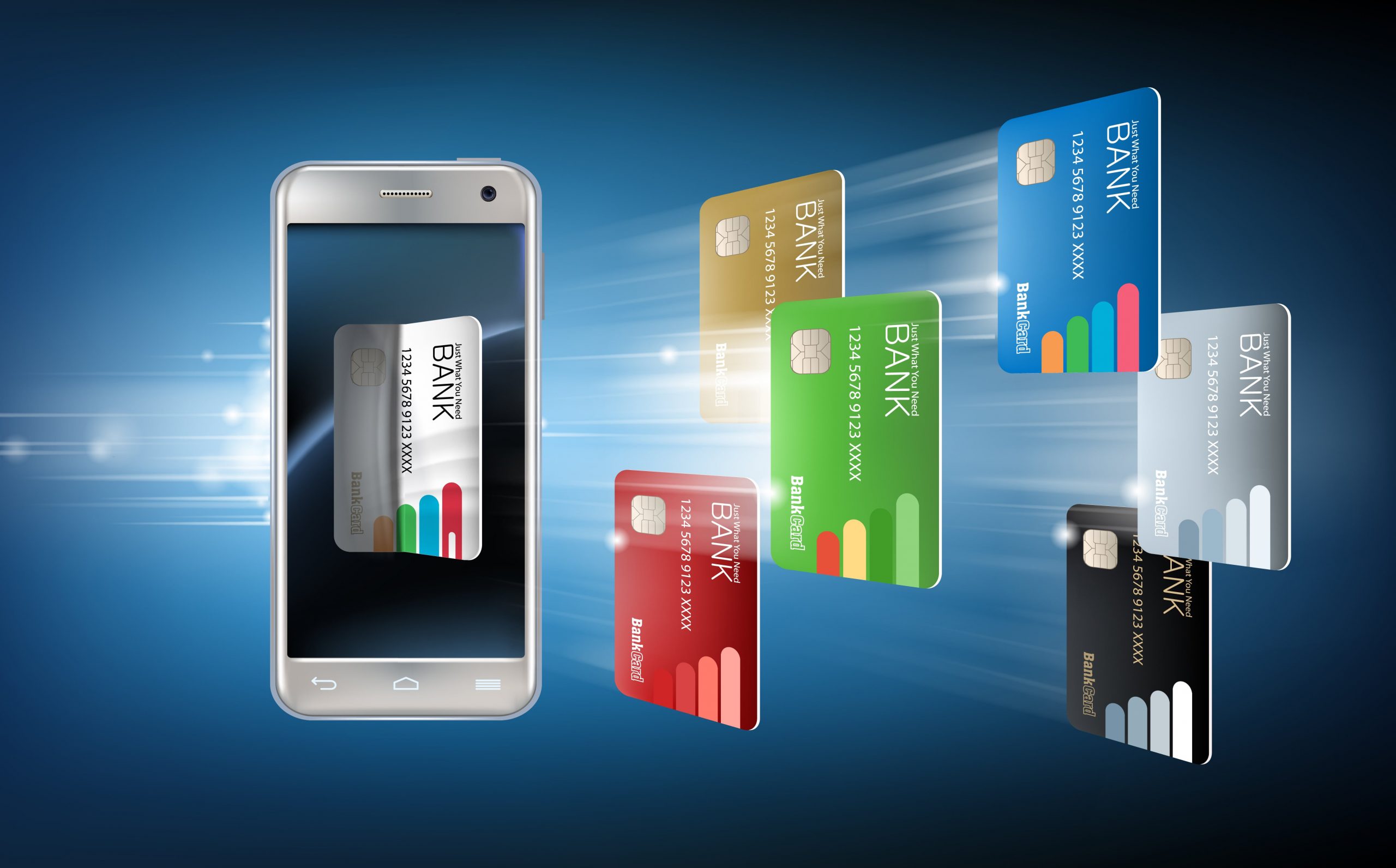With the introduction of UPI linked Rupay Credit Cards, India’s financial services landscape is continuing to move ahead on its transformative agenda. The Unified Payments Interface (UPI) has been a game-changer, redefining the way financial transactions are conducted across the country. There were over 8.68 billion transactions per month on the UPI network, with over 300 million unique users as of March 2023, as per the report from India Finance Report 2023” by the Centre for Advanced Financial Research and Learning (CAFRAL). With the rising usage of UPI based transactions, UPI-linked Rupay credit cards present a significant opportunity for India’s digitization and financial inclusion journey.
This blog explores three compelling reasons why the UPI linked Rupay credit cards are instrumental in driving financial inclusion and extending debt collections in the UPI enabledx digital lending ecosystem.
What is the UPI Linked Rupay Credit Card?
RBI and NPCI’s recent introduction of UPI-linked Rupay Credit Cards seamlessly combines the flexibility of digital payments with the convenience of credit cards. It caters to a diverse user base, promoting financial inclusion, and is the only home grown credit card network linked on UPI.
Rupay’s launch extended the credit card access to the lower income segments of population. UPI’s linkage to Rupay Credit Cards further amplifies the reach of Rupay network, bringing credit access to individuals who might not be able to afford a traditional credit card from top banking institutions.

Fig 1: How to make payments using UPI Linked Rupay Credit Cards?
How have UPI linked Rupay Credit Cards democratized credit access?
UPl-linked Rupay credit cards play a pivotal role in democratizing credit access. Unlike traditional banking systems that often excluded a significant portion of the population due to stringent eligibility criteria and creditworthiness scores, these credit cards offer a more inclusive approach. With the widespread adoption of UPI, even individuals with limited credit histories can access credit facilities, fostering financial inclusion on a much wider scale. However, this diversity poses a unique challenge for debt collectors. Tailoring debt collections strategies to align with the specific needs and preferences of this diverse user base becomes essential, considering traditional methods like physical reach out by the collections agents may not be as effective and practical.
Credgenics Collections Platform uses ML powered analytics to segment borrowers as per their risk of default and intent to pay. This helps lenders streamline their collections depending on only digital, phygital and physical ways of collections.
Boosting Digital Payments Adoption
The integration of UPI with Rupay credit cards aligns with the Indian government’s push towards a less-cash economy. This integration combines the convenience of credit cards with the efficiency of UPI payments, encouraging users to shift towards digital payment modes. While this enhances the overall payment experience, it also establishes a digital footprint for individuals previously excluded from formal financial channels.
For debt collectors, digital channels offer streamlined debt collections, providing a more convenient and efficient means of communication, reconciliation and collections. Platforms like Credgenics UPI Collect on CG Collect simplify the repayment process, allowing debtors to make instant and secure payments using their mobile phones.
Nurturing Responsible Credit Behavior
The availability of credit through UPI-linked Rupay credit cards comes with the responsibility of adopting a healthy credit behavior. For many users, this might be their first exposure to formal credit, making the cultivation of responsible financial habits crucial. The integration of technology and finance allows for real-time spending alerts, personalized budgeting tools, and educational resources on financial literacy.
Debt collectors need to recognize the unique strategies associated with users who are new to credit. Crafting communications and reminders that focus on education, support, and collaboration will be more effective in encouraging timely repayments. Leveraging Conversational AI to share reminders and notifications for payments in native language and providing personalized insights into spending patterns can empower users to make informed financial decisions, reducing the likelihood of delinquencies.
Introducing New and Innovative Credit Products
The advent of UPI-linked Rupay credit cards reflects a broader shift in consumer adoption of digital channels. Users are increasingly getting comfortable in conducting financial transactions online – from making payments to managing their credit accounts. Buy Now, Pay Later (BNPL) products targeting the lower funnel of customers can help unlock expansion of the digital payments ecosystem. UPI payment apps can also source customers, facilitate transactions, generate bill payment reminders, and accept repayments.
This evolution in credit products necessitates a corresponding evolution in debt collections strategies. Traditional communication methods, such as generic phone calls and standard physical notices, may not resonate with a user base that is increasingly getting used to personalized digital communication. Debt collectors must leverage omni-channel digital communication capabilities of platforms like Credgenics to engage with their customer base effectively. Understanding their preferred communication channels, language, time and frequency of communications and adapting collections strategies accordingly will be crucial for successful collections.
Conclusion
As UPI-linked Rupay credit cards become integral to India’s financial ecosystem, their impact on debt collections cannot be understated. Effective debt collection strategies tailored to the unique characteristics of this user segment will ensure the financial health of credit providers and significantly contribute to the success of India’s broader financial inclusion agenda. The convergence of technology, financial services, and debt collection practices will pave the way for a more inclusive and digitally empowered financial landscape in the years to come.
If you are looking to transform your debt collections strategy with the power of digital and data-powered insights, reach out to us to request an exploratory session at sales@credgenics.com or visit us at www.credgenics.com
FAQs:
1) How to add your card and transact with UPI?
Answer: Adding your Rupay Credit Card to UPI and initiating transactions is a straightforward process:
- Open your preferred UPI-enabled app.
- Navigate to the card or account section.
- Choose the option to add a new card.
- Enter the relevant details of your Rupay Credit Card.
- Complete the authentication process.
Once added, you can use UPI features such as payments, fund transfers, and more with your Rupay Credit Card seamlessly.
2) Which UPI apps support Rupay credit cards?
Answer: UPI functionality on Rupay Credit Cards is supported by a variety of UPI-enabled applications. Users can check with their respective UPI app providers to ensure compatibility with Rupay Credit Cards and enjoy the convenience of UPI transactions.
Some popular apps that support Rupay Credit Cards include:
PhonePe, Google Pay, Paytm, BHIM (Bharat Interface for Money), Any other UPI-supported app that accepts Rupay Credit Cards
3) Which banks give RuPay credit cards ?
Answer: RuPay credit cards are issued by a variety of banks and financial institutions in India. Some of the prominent banks that offer RuPay credit cards include:
State Bank of India (SBI), Punjab National Bank (PNB), Bank of Baroda (BOB), Union Bank of India, Canara Bank, Bank of India (BOI), HDFC Bank, ICICI Bank, Axis Bank, IDBI Bank
Many other regional and cooperative banks also issue RuPay credit cards to their customers. The RuPay cards have gained significant traction, and their cards are widely accepted across various merchants in the country.
4) Is UPI linked RuPay credit card accepted internationally?
Answer: RuPay credit cards, including UPI-linked RuPay credit cards, are primarily designed for domestic use in India. However, the acceptance of RuPay cards is gradually expanding, and efforts have been made to enhance their usability globally.





